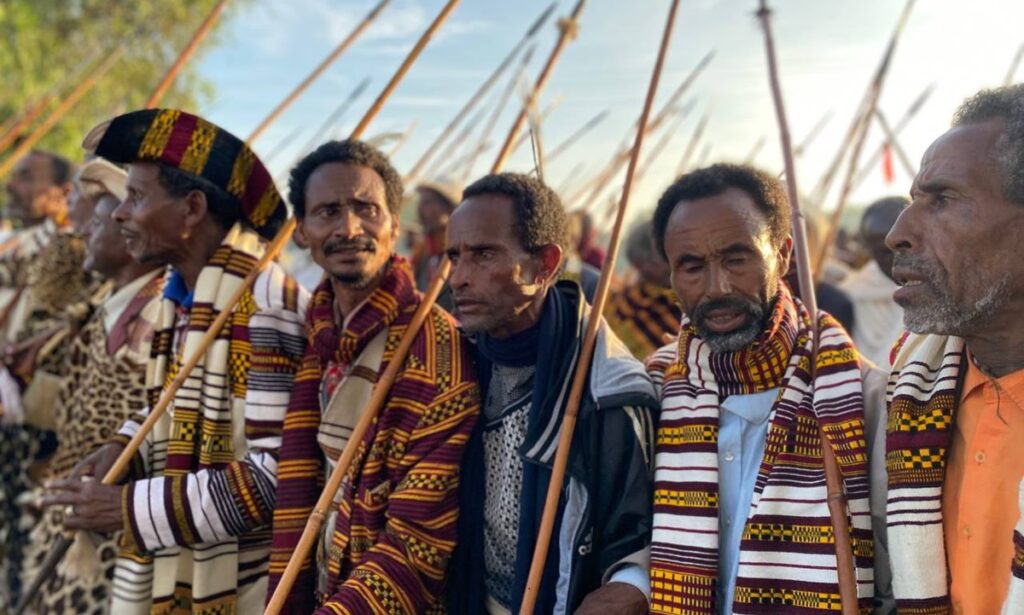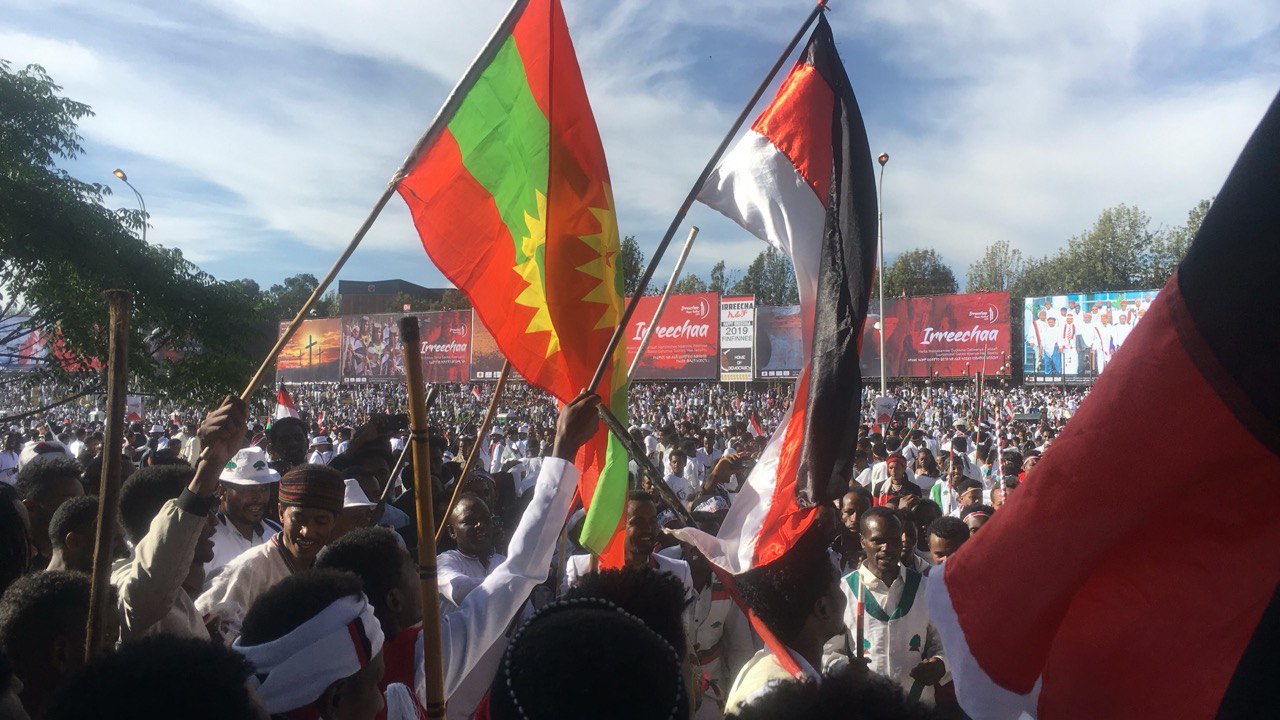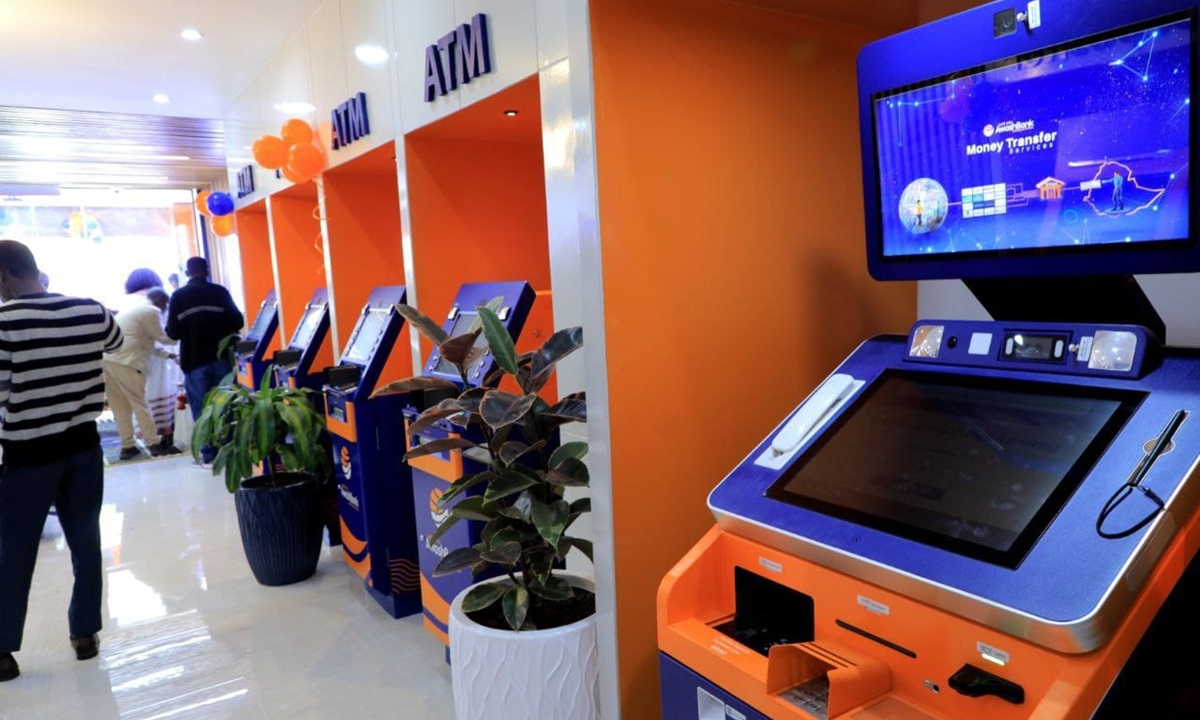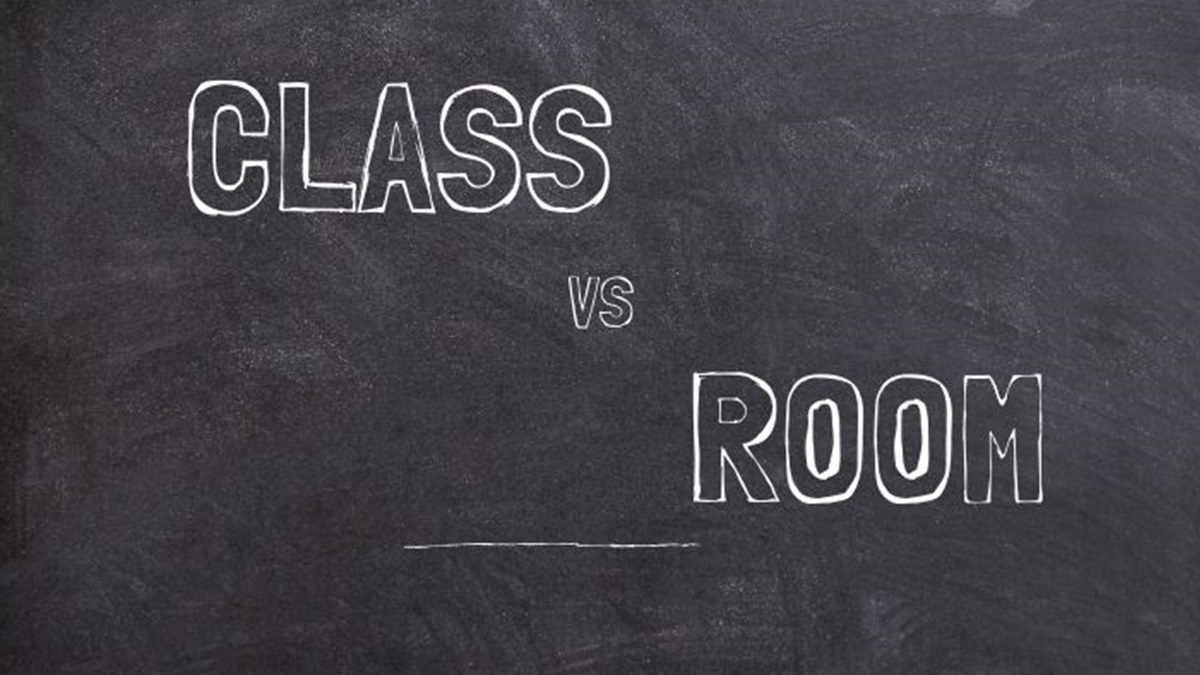Commentary: Fichchee-Chambalalla: Celebrating the Sidaama Cultural New Year

By Markos Tekle Rike (PhD)
Addis Abeba – Fichchee, the cultural gem of Sidaama, ushers in the New Year with a tradition rich in lunar calendar observances. Esteemed elders, known as Ayanto, meticulously watch the heavens to pinpoint the commencement of the New Year and its festive counterpart, Fichchee. This event, synonymous with the Sidaama New Year’s celebration, has evolved into Fichchee-chambalalla. “Chambalalla” highlights the vibrant segment of Fichchee, featuring cultural performances, dances, and the tradition of children visiting family and friends to enjoy the special Sidaama delicacies of Burisame and Chukame. These dishes, crafted from the Weese plant (referred to as Waasa) and enriched with ample butter, are now a celebrated aspect of the day, available widely in Hawassa and other Sidaama locales.
In the Sidaama Fichchee-Chambalalla celebration, Qetala is a unique dance and chant performance involving participants of both genders, arranged in order of seniority. It serves as a platform for expressing experiences and events from the past year, including voicing grievances and political discontent towards traditional or contemporary authorities within their community. As such, it is viewed as a critical means for expressing dissent and exercising democratic freedoms by the community’s members.

Unlike fixed calendar celebrations, the Sidaama New Year shifts annually, guided by the celestial dance rather than terrestrial landmarks. The Ayanto’s role extends beyond setting the New Year’s date; they are the architects of the calendar, dictating the timing of various societal rites and festivals. Efforts by Sidaama academics to merge their traditional calendar with the conventional Ethiopian one have been part of a broader cultural resurgence. The Sidaama year spans 12 months, with a supplementary thirteenth month, fooqa, introduced to align with the Ethiopian calendar, thus ensuring cultural continuity alongside modern synchronization. In the Sidama calendar, the 12 months of the year are Badheessa (March), Dotteessa (April), Onkoleessa (May), Ella (June), Maaja (July), Woxawaajje (August), Wocawaaro (September), Birra (October), Bocaasa (November), Sadaasa (December), Arfasa (January), and Amaje (February).
Although the Month of March (Badheessa) signals the year’s start in typical Sidaama’s seasonal calendar, Fichchee’s celebration transcends fixed dates, reflecting its cultural, agricultural, and social significance. The Sidaama calendar divides the year into months of 28 days, with the final month extended to 29 days, and each day receiving a distinct name. Each day of the month is assigned a unique name: Argaajjima, Arba, Bolla, Ama, Beetto, Basaama, Basabeetto, Charroowa, Dureette, DullatteBeetto, Bidirsa, DeetteBeetto, Karaawicha, Gardaaduma, Sonsa, Rurruma, Lumaasa, Gidaada, Ruuda, EreereAma, EreereBeetto, AdulaAma, Harfatto, DeetteAma, DullatteAma, Bita, Chicho, and Sorsa.
This structure leads to a year of approximately 340 days, ensuring that Fichchee’s festivities uniquely span across varying dates annually in the conventional calendar. With weeks composed of four days (Dikko, Deela, Qawadoo, and Qawalanka) the Sidaama calendar encapsulates a timekeeping system that, while distinct from the Gregorian and Ethiopian calendar, enriches the cultural fabric of its people through the celebration of Fichchee.
In the nostalgic reminiscences of the good old days, the Fichchee-Chambalalla festivity was a vibrant tapestry woven into the fabric of every Sidaama household, celebrated with profound authenticity and traditional fervor. Each family, in the sanctity of their own home, would embrace the essence of this cultural New Year with deep-rooted rituals, communal harmony, and the genuine ambiance of Sidaama heritage. This personalized observance allowed for the rich tapestry of customs, culinary delights, and the spirit of community to flourish in its purest form. The festival was an intimate affair, a time for reflection, renewal, and rejoicing in the bounty and togetherness that defined the Sidaama way of life. The emphasis was squarely on cultural preservation, familial bonds, and the organic expression of joy, unfettered by external influences or mandates.

However, the current landscape of the Fichchee-Chambalalla celebration presents a stark contrast, marked by a transition towards a spectacle increasingly commandeered by political figures and the state’s apparatus. This shift has seen the festival morph into a state ceremony, often overshadowed by the agenda of politicians rather than the cultural heartbeat of the Sidaama people. Such state-driven celebrations, while grandiose, risk diluting the intrinsic values and the intimate essence that once defined the festivity. The focus on state sponsorship and political grandstanding has inadvertently eroded the traditional ethos and communal intimacy that were once synonymous with Fichchee-Chambalalla.
In response, there’s a burgeoning sentiment among the Sidaama community advocating for a renaissance of the festival’s original spirit. This movement aspires to reclaim the festivity from the clutches of politicization, aiming to restore its foundational role as a celebration of cultural identity, familial bonds, and community resilience, thus steering it away from becoming a mere platform for political exhibitionism. AS
Editor’s Note: The writer, Ambassador Markos Tekle Rike (PhD) is serving as Deputy Head of Mission at Ethiopian Embassy in Juba, South Sudan. He can be reached at: markostekle@gmail.com








